
People who were accused of witchcraft were tried in different ways based on where they lived and when. A witchcraft suspect in Innsbruck, Austria, in the 1480s would have been tried very differently to a suspect in Salem, Massachusetts, in the 1690s. To understand in detail the choices that were made about how to arrest and try a witch, let's focus on one legal system and one period of history: the legal unit of England and Wales, between 1550 and 1750. For most of this time period and across most communities, how did people go about trying a witch?
The first thing that a suspect would hear - let's call her Mary and say the year is 1590 - is a knock on the door. Outside would be a constable representing Mary's village or town. The constable was a male neighbour appointed by the community to look after everyday law and order. He was the ancestor of the modern police constable, although there was no professional police force. Instead, the constable worked with the local magistrate, and that was where he would take Mary now. The magistrate was a landowner in the area, a man with experience in the law - may be even legal training. It was his job to respond to local concerns about crime. If someone suspected Mary of casting a spell on their pig and killing it, for example, they would go to the magistrate and give a statement called an 'information'. Once Mary had been accused, the magistrate would have to arrest and question her. So he would send the constable to fetch her and together they would walk up to the big house. Mary would be deeply alarmed.
A SPELL BEHIND BARS
هذه القصة مأخوذة من طبعة April 2022 من History Revealed.
ابدأ النسخة التجريبية المجانية من Magzter GOLD لمدة 7 أيام للوصول إلى آلاف القصص المتميزة المنسقة وأكثر من 9,000 مجلة وصحيفة.
بالفعل مشترك ? تسجيل الدخول
هذه القصة مأخوذة من طبعة April 2022 من History Revealed.
ابدأ النسخة التجريبية المجانية من Magzter GOLD لمدة 7 أيام للوصول إلى آلاف القصص المتميزة المنسقة وأكثر من 9,000 مجلة وصحيفة.
بالفعل مشترك? تسجيل الدخول
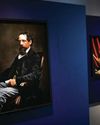
'Dickens's evocation of the fears, excitement and confusion of childhood is peerless'
DR LEE JACKSON ON WHY CHARLES DICKENS REMAINS RELEVANT TODAY
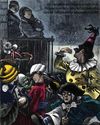
THE AUTHOR GOES ABROAD
Dickens expanded his horizons and boosted his fan-base by venturing overseas - but global fame came with a cost
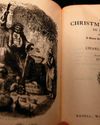
REVIVING THE FESTIVE SPIRIT
A Christmas Carol wasn't just a bestseller - it changed the way that Britons chose to mark the festive season

GIVING THE POOR A VOICE
From Hard Times to Oliver Twist, Charles Dickens used his pen to help illuminate the lives of the less fortunate
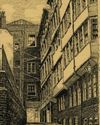
A JOURNEY THROUGH DICKENS'S LONDON
The works of Charles Dickens are synonymous with visions of Victorian London. We talk to Dr Lee Jackson about the author's love of the capital, and the locations that most inspired him
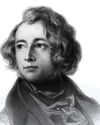
EXCEEDING EXPECTATIONS
Dr Lee Jackson chronicles Charles Dickens's journey from down-at-luck teenager to titan of Victorian literature
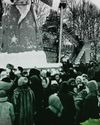
GIFTS, TREES & FEASTING
We take a journey through the photo archives to reveal how Christmas and its many traditions have been celebrated over the years - and around the world
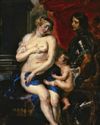
WHAT GREAT PAINTINGS SAY
We explore the story behind an allegorical painting that celebrates the triumph of love over hate, peace over war
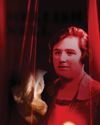
HELLISH NELL
Malcolm Gaskill delves into the life of Helen Duncan - the fraudulent Scottish medium whose ectoplasm-filled seances saw her ending up on the wrong side of the law

7 THINGS YOU (PROBABLY) DIDN'T KNOW ABOUT THE WHITE HOUSE
Presidential historian Dr Lindsay M Chervinsky reveals some of the most surprising facts about the world-famous US residence